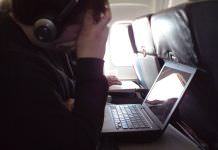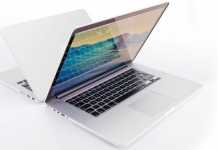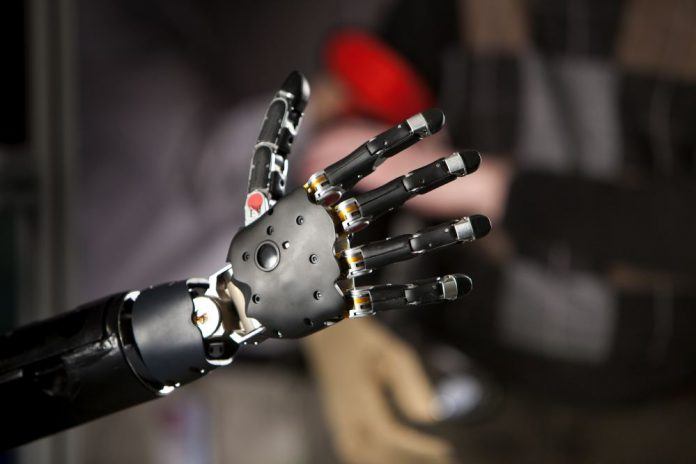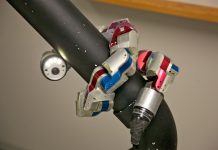A new novel bionic hand has been created by a group of multinational robotic experts. The new bionic hand was able to restore the sense of touch with a woman in an experiment. The novel bionic hand is also capable of being used outside laboratories as it is portable.
Scientists have been working on ways to create robotic limbs for patients for years now and they finally have good news. In their ideal robotic limb, they need it to give the amputee the ability to touch, hold and interact with the environment, and it seems like they have finally struck gold. For scientists and people alike, the main aim has always been filling the gap with technology. However, since the chance to create bionic arms was started, the main aim has always been to restore the patient’s ability to cling to objects. The need for reviving the sense of touch had been lost, but it still remained important.
Thankfully, a group of scientists and researchers in Rome unveiled the first bionic hand that could do both. The bionic hand can sense touch and at the same time, the arm is small and compact enough for patients to use outside the laboratory. Patients will be able to use the bionic arms outside and in the world, once they pass the necessary hurdles.
The bionic hand was used in an experiment which involved a woman who had lost her real hand in an accident that happened 20 years ago. The bionic hand is said to closely resemble a real hand. The woman, Almerina Mascarello, managed to use the prototype bionic hand for as long as six months and was able to make some basic functions. The woman was able to tell if objects were hard or soft. Talking to the BBC about her experience, she mentioned how the feeling was spontaneous for her, and she now had the ability to do and feel things that she could not do for the past 20 years.
The technology behind the bionic is believed to be exceptional. The robotic hand uses a portable computer equipped with some complex sensors. The sensors are the ones which can detect whether an object can be classified as hard or soft. It then translates the information received into signals that the brain can comprehend. Once that is finished, the signals are then transmitted to the brain via some small electrodes.
The hand is an improvement on a previous version, which also managed to do the same functions, but was considered big and bulky. The technology is revolutionary, but according to the developers, it has to be scaled back before it can be released to the public. Strangely, their hope is that one day, prosthetic limbs will be better than real hands.



















